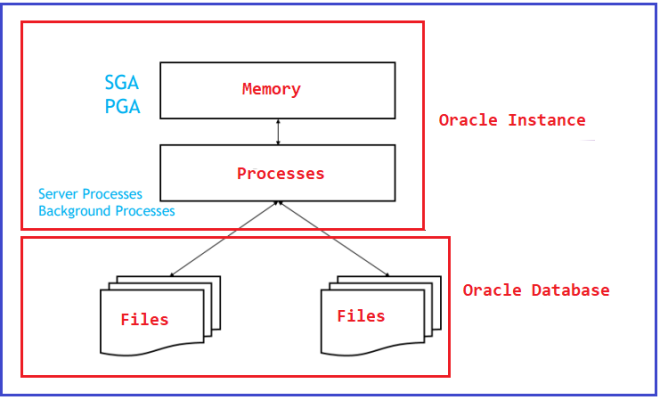What Is a Database Instance?

A database instance is a copy of a database that runs independently in a database management system (DBMS). In other words, it is a complete set of processes, memory structures, and files that is associated with a specific database. A database instance is created when a DBMS starts up and is terminated when the DBMS is shut down.
The process of creating a database instance involves allocating various system resources, such as memory and disk space, to the instance. Once the instance is running, it can be accessed by users and applications that need to interact with the database. Multiple instances of the same database can run on the same machine, each with its own set of resources.
A database instance usually consists of several key components:
1. Datafiles: These are the physical files where the data in the database is stored.
2. Redo logs: These are the files that capture all changes made to the database so that they can be replayed in the event of a failure.
3. Control files: These files are used to keep track of the physical structure of the database, including information on the datafiles, redo logs, and other instance-specific information.
4. Shared memory: This is a block of memory that is shared among all users connected to the database instance. It stores information about the current state of the database and its various components.
5. Background processes: These are the processes that run in the background to manage various tasks such as backups, recovery, and security.
A crucial aspect of managing a database instance is to ensure that it is properly configured and optimized for its workload. This includes setting appropriate memory and storage parameters, configuring security settings, and tuning SQL queries to improve performance.
Overall, a database instance is a fundamental concept in the world of database management. It provides a container for a specific database and controls access to its underlying data. A well-managed and optimized database instance is essential for ensuring the reliable and efficient operation of a database system.






